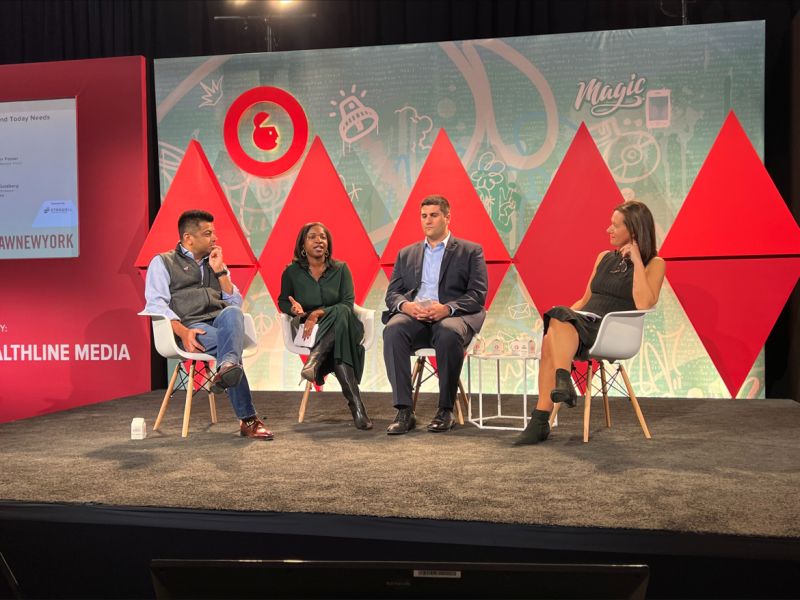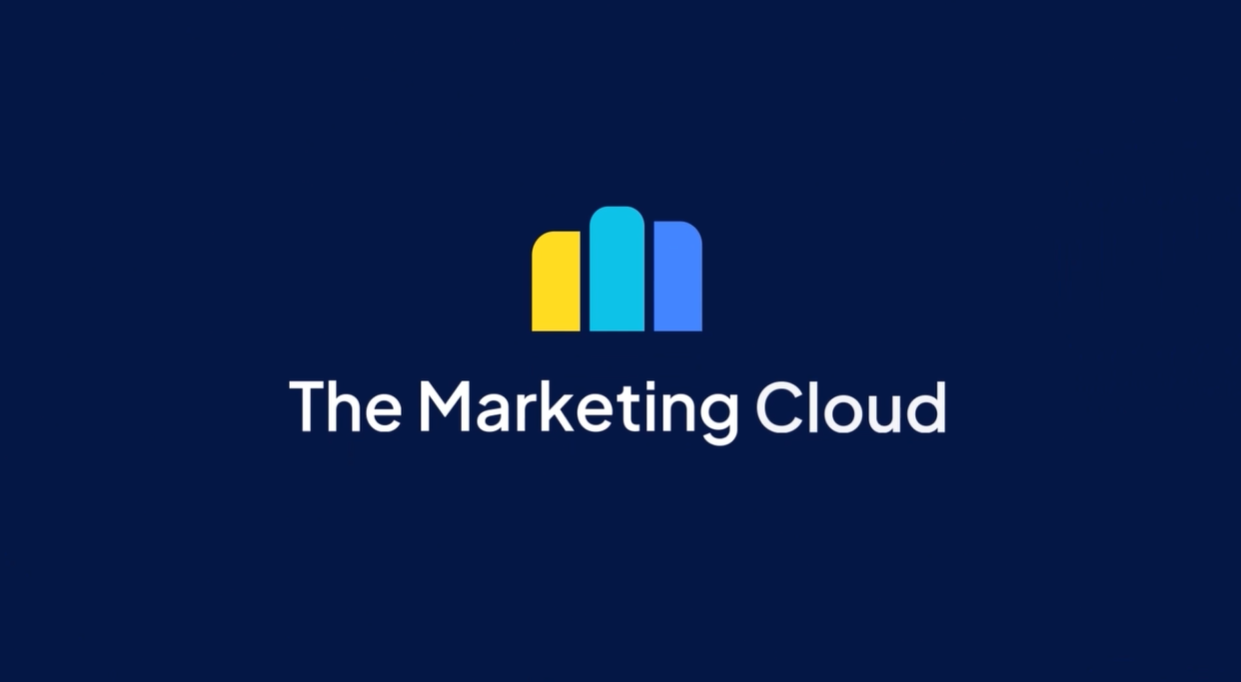Events
Recap: 4 of the Biggest Transformations from Advertising Week New York 2022
CONTACT
hello@stagwellglobal.com
SIGN UP FOR OUR INSIGHTS BLASTS

Missed Advertising Week New York this week? We distill the biggest brand takeaways on brand fandom, political advertising, and media channel transformations below. Follow Stagwell on LinkedIn to keep up with the insights.
Rise of Brand Fandom – Move over, sports teams and celebrities.
Fifty-seven percent of consumers consider themselves a fan of a brand or product – higher than sports (48%), movies (52%), celebrities (54%), or online influencers/personalities (37%).
The brands that take a holistic stake in consumers’ lives will drive loyalty, affinity, and advocacy–and not just in the moment. Fandom is not a fad or a flash in the pan; 2 in 5 brand fans have been fans for over 10 years. Focus on helping consumers develop their personalities through your brand by delivering marketing, events and experiences, and content that gives them a platform to express that personality.
“Fandom is critical in the luxury space. Luxury is no longer defined as the most expensive thing –it’s defined by insider knowledge. We’re seeing a dispersion of brands being considered ‘wealth’ and ‘luxury,’ and price point alone won’t keep you in that luxury equity space. It’s important to have fan bases that really think of your brand as luxury.” – Neda Whitney, SVP, Head of Marketing, Americas, Christie’s
Political is the Biggest Media Story of 2022 – Get ready for hotter cyclical media environments as political advertisers diversify digital media channels to engage more voters.
Brands will feel the effect of political messaging as political advertisers spend a record $3 billion in the last three weeks of the election alone.
Many ads will tell Americans they’re poorer than ever because of inflation, for example – how will brands push back and get consumers to continue spending? Brands can no longer afford to be apolitical but risk looking too performative if they don’t back up their positions with actions. Lyft decided to foreground its identity as a transportation company when deciding to act, and as a result, it has provided ride services for voting, vaccines, and reproductive rights.
“We saw in 2016 that so many people chose not to vote because they didn’t have access to transportation. So we asked ourselves: how can we make an impact there? We created a voter access program and saw its immediate impact in 2020. It’s about looking at the issues consumers care about and our services. It’s our job to listen – to talk to elected officials and let them know we can come in as a partner to solve some of the issues our consumers care about.” – Heather Foster, Head of Government Affairs, Lyft
Digital Channels and Political Advocacy – Are political advertisers about to have the digital marketing efficacy reckoning?
This cycle will be the first many realize media buys are not driving impact because of mistargeting. Many voters in battleground districts no longer have traditional television – but there’s a disconnect between ad spending and consumption, with most dollars still going to broadcast. Brands need to get more comfortable shifting the media mix and taking risks with bourgeoning digital channels.
“The idea that there’s the TV generation and then there’s the kids – it’s an antiquated view. The fact is cord cutting is mainstream – now the majority of the population – and the idea that we can say we have a TV strategy and a different digital strategy is fraught with disaster. As we iterate, brands need to think about messaging across the full funnel, and know that TV and streaming work really well together because it allows us to do that. The future will be integrated streaming and linear in a really incremental fashion.” – Ashwin Navin, CEO SambaTV
Resurgence of OOH – OOH is resurging because OOH is modern.
When you start treating it like programmatic or digital it becomes a valuable tool in the funnel. Driving consumer engagement and social amplification through use of the OOH medium. (The Harris Poll found TikTok and other social media platforms are a major source of OOH ad visibility: 82% of TikTok users report frequently noticing OOH ads in content in their feeds, with nearly identical impact reported by Facebook and Instagram users.) And don’t sleep on the innovation underway here: location-based insights, shared AR capabilities, and more are all letting advertisers do more at scale. Embrace the underlying technology capabilities of Out of Home as a resilient pillar of your media plan for 2023.
”Out of home isn’t changing – the strategy is. Media is the new experiential and Out of Home is where people are. The technology that sits behind Out of Home is driving a different strategy lens, a different creative lens, and a different content lens.” – Brad Simms, CEO, GALE Partners.
Related
Articles
In the News, Press Releases
Jul 09, 2025
STAGWELL LAUNCHES STAGWELL MEDIA PLATFORM (SMP), A CENTRALIZED TEAM OF GLOBAL MEDIA, TECHNOLOGY AND DATA INVESTMENT EXPERTS

Artificial Intelligence, In the News, Marketing Frontiers, Press Releases, Stagwell Marketing Cloud, Tech
Jun 12, 2025
PRophet, a Stagwell (STGW) Company, Completes Integration of UNICEPTA, Launches Unified Brand and Enhanced Media Intelligence Offering

In the News, Marketing Frontiers, Press Releases, Stagwell Marketing Cloud, Tech
Jun 11, 2025
The Marketing Cloud Launches Cutting-Edge Platform to Simplify Marketing Workflows





